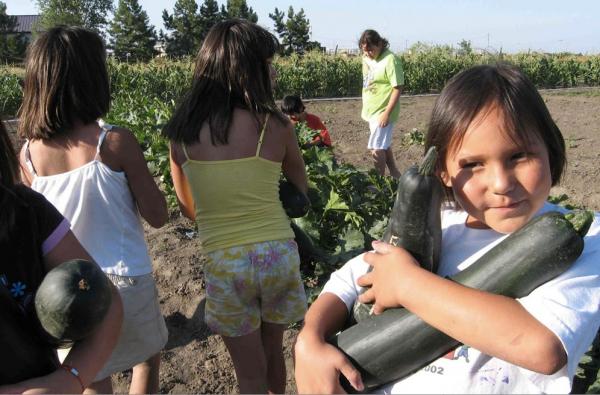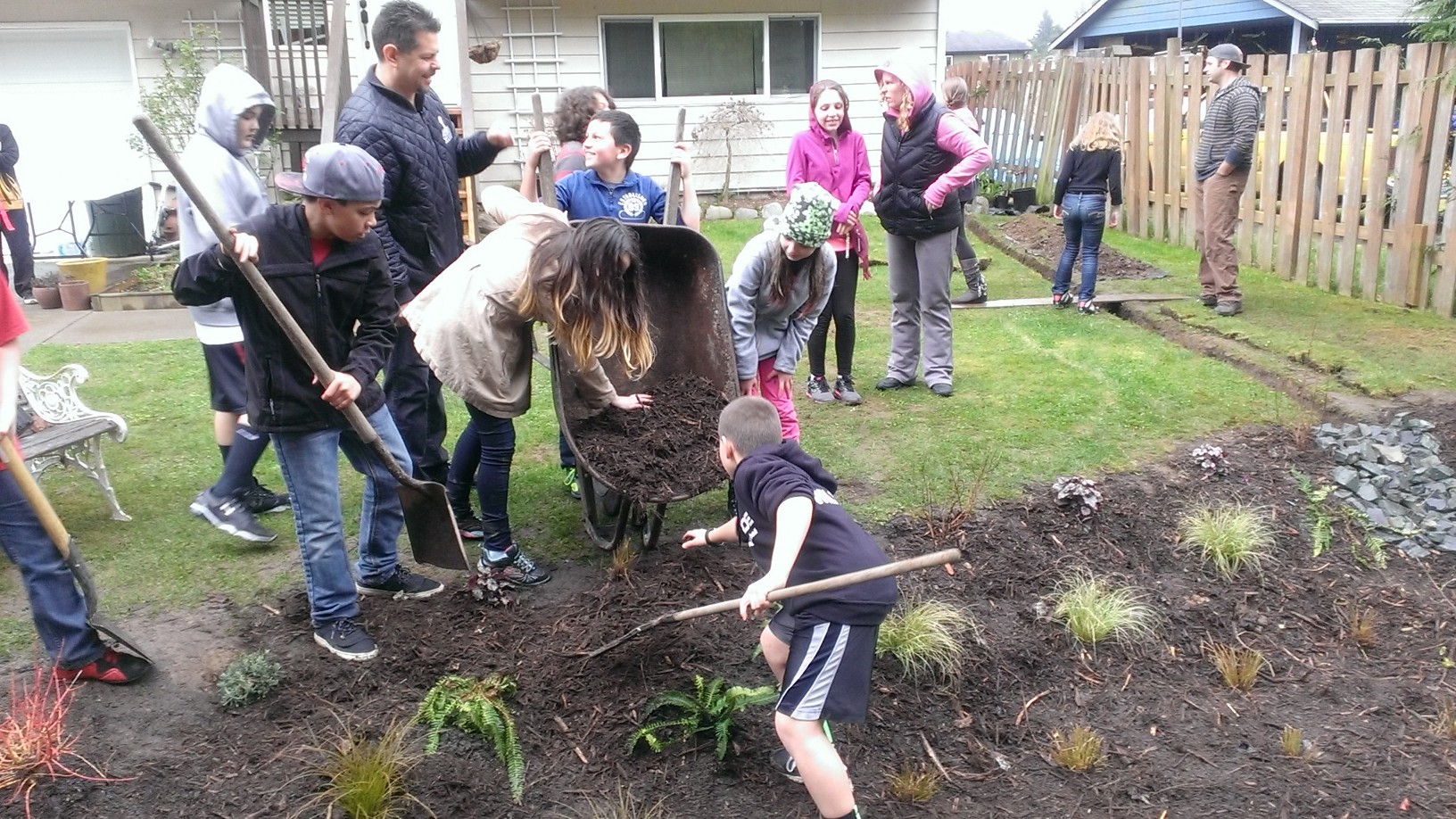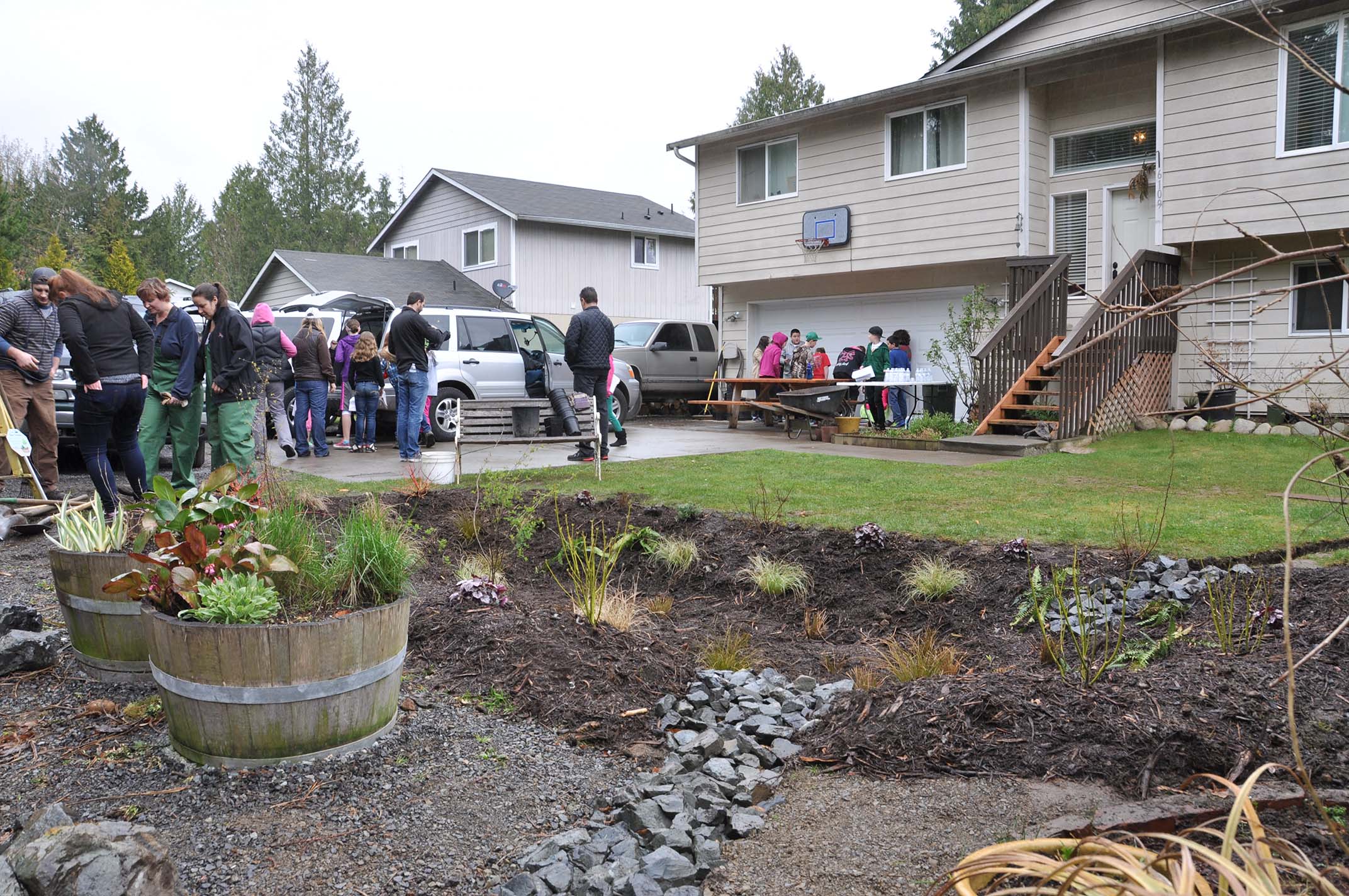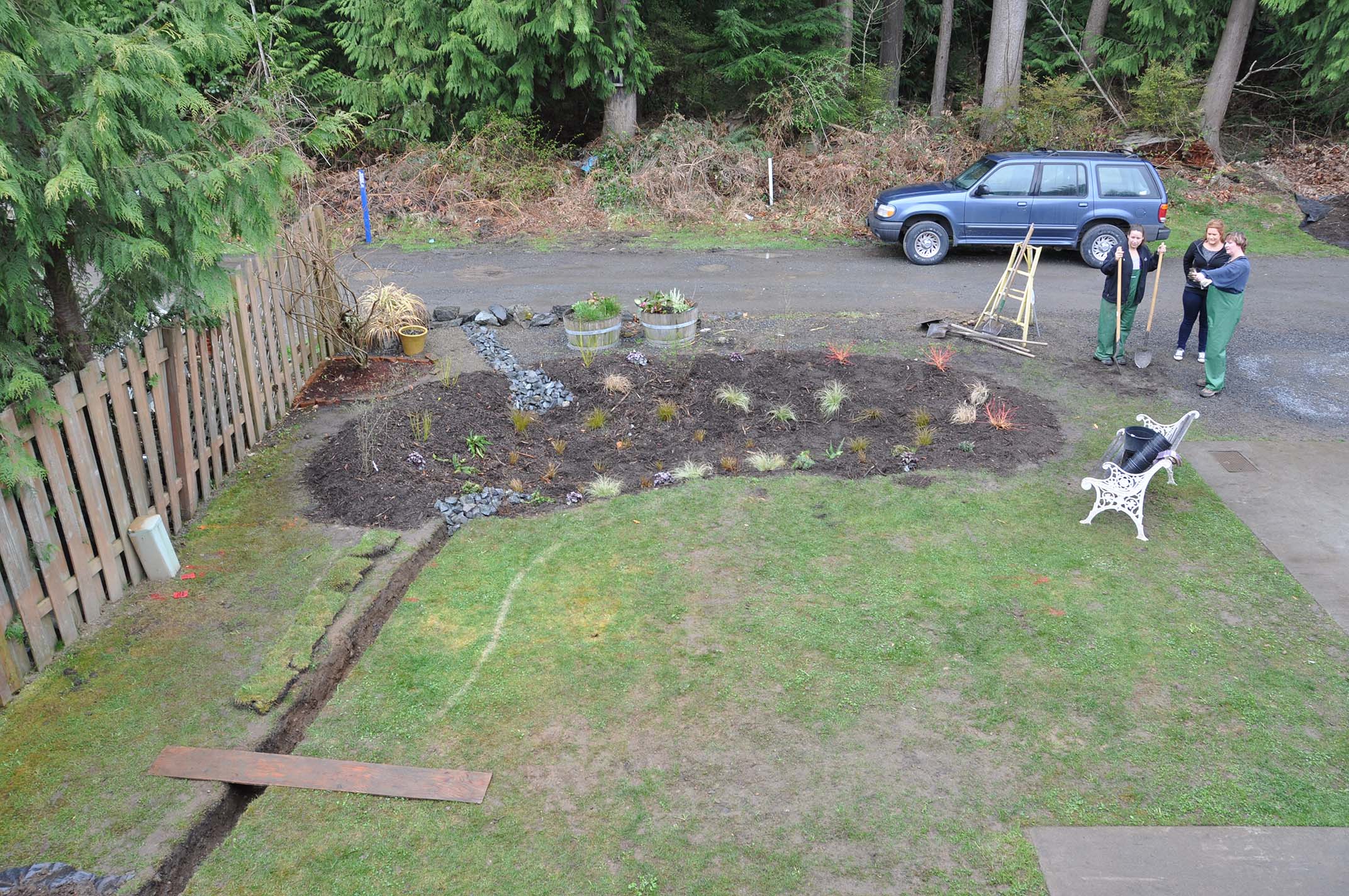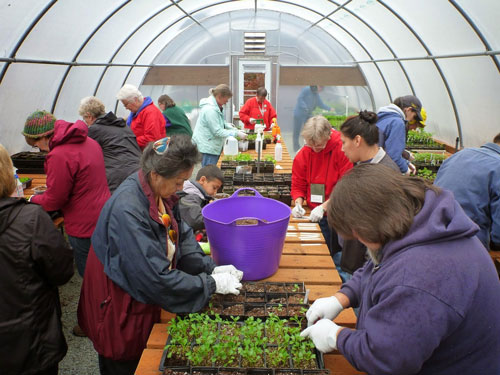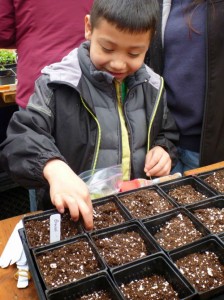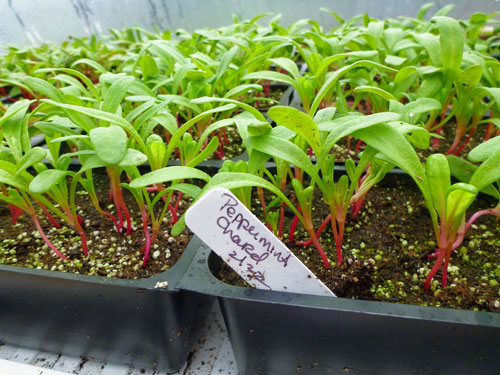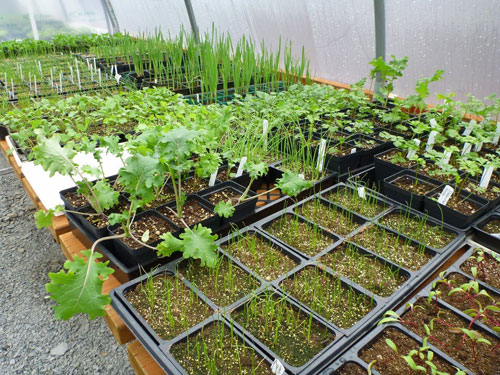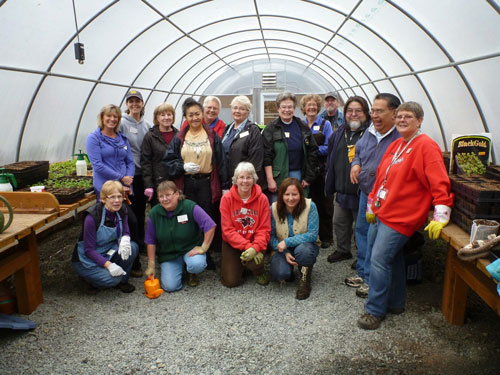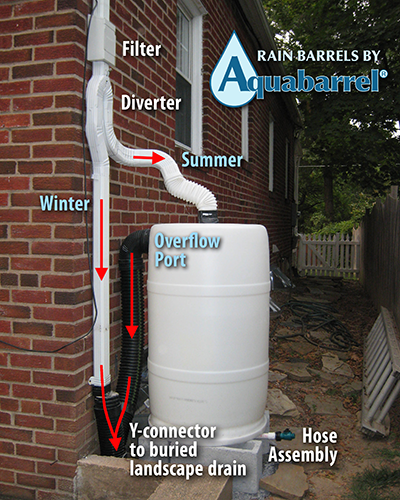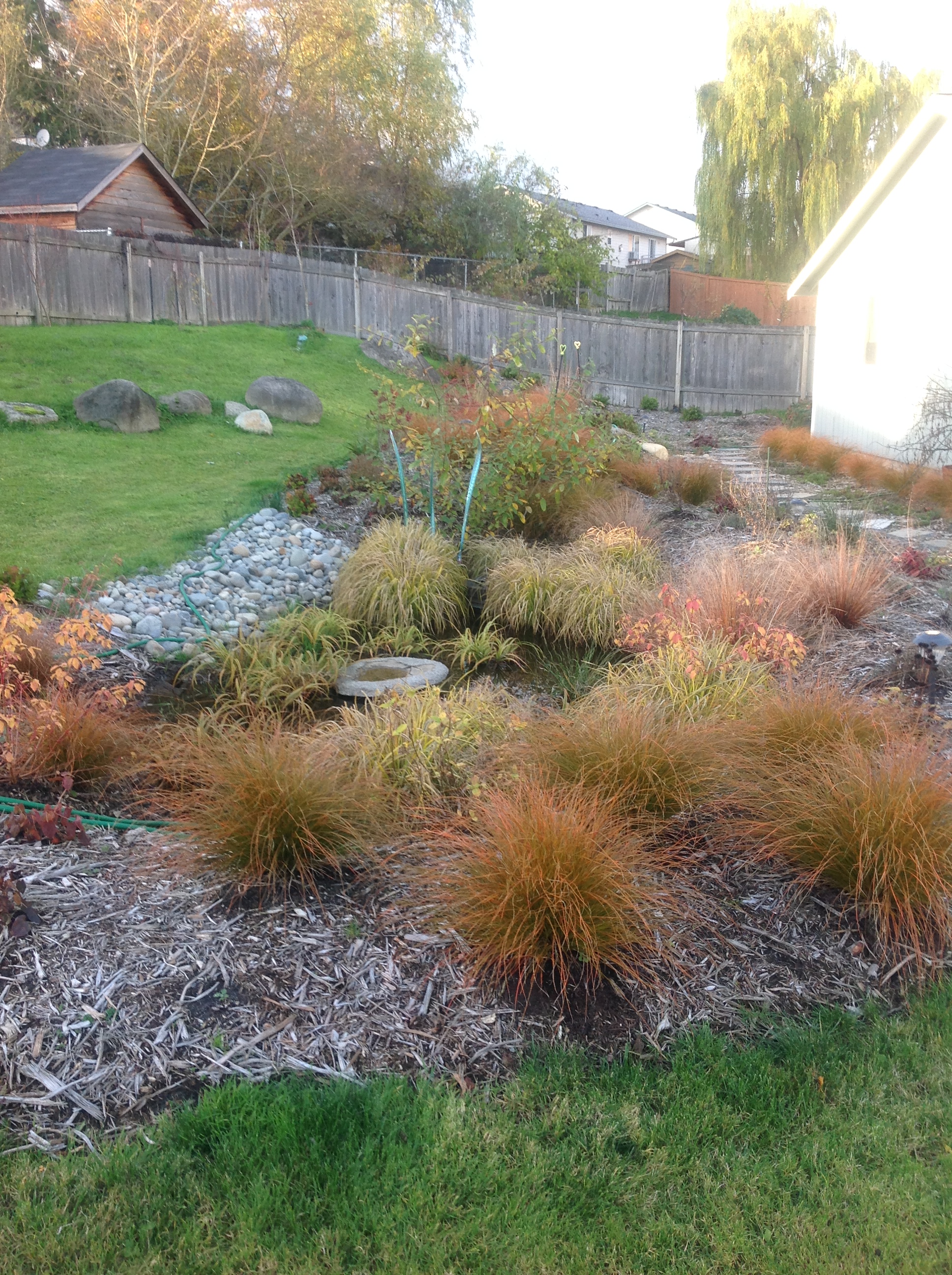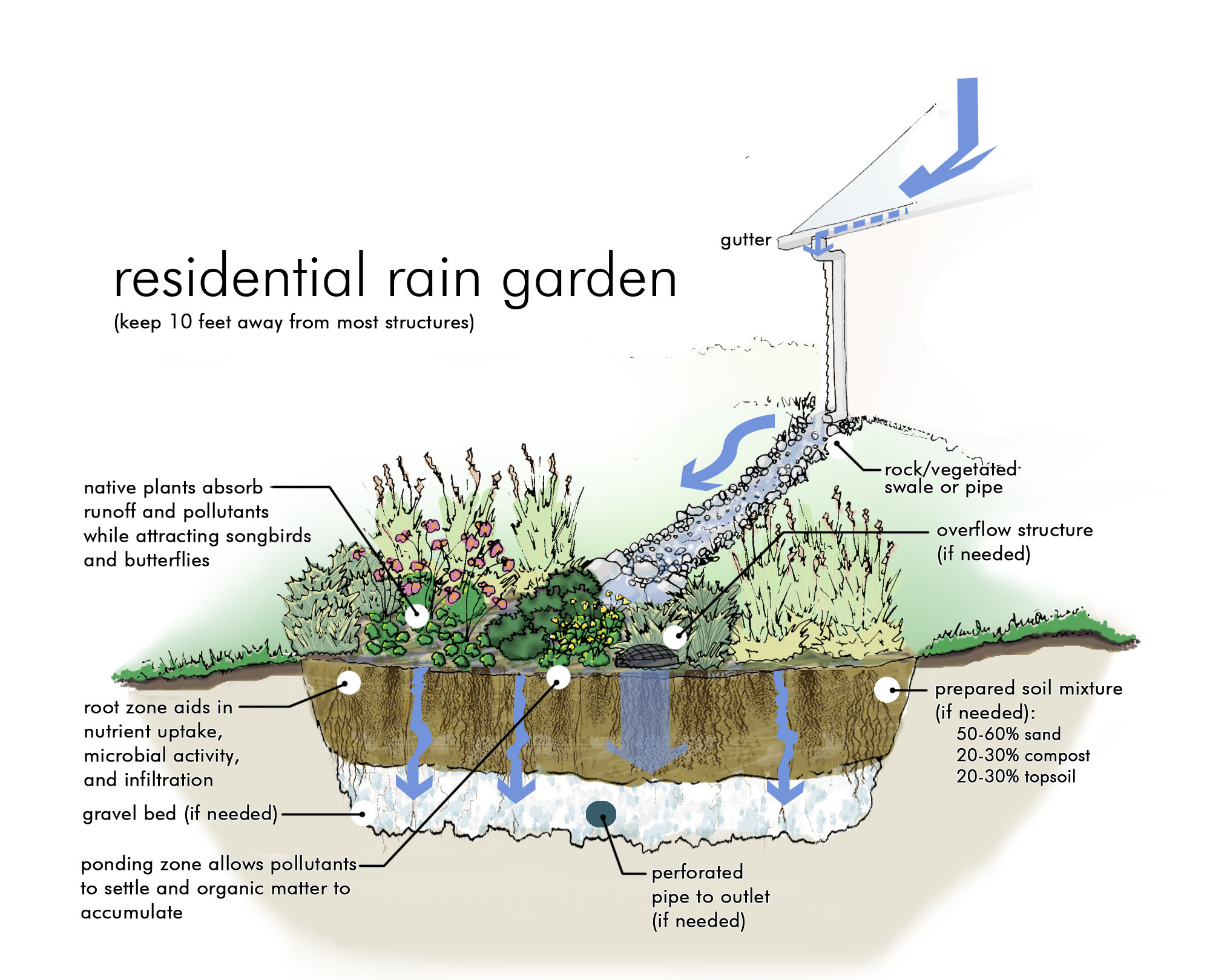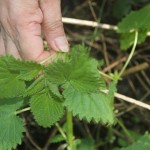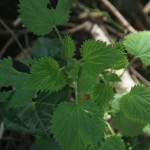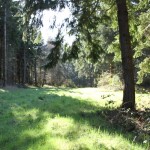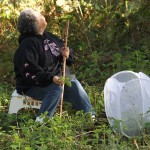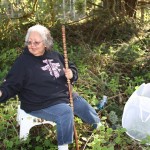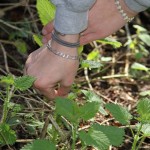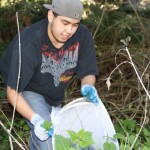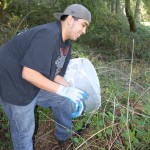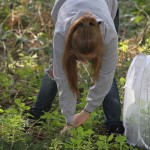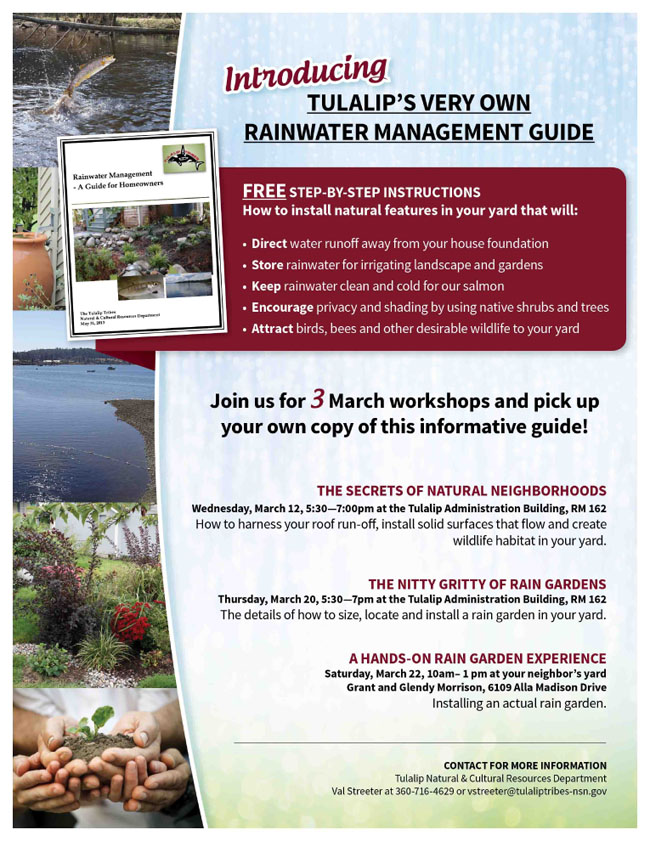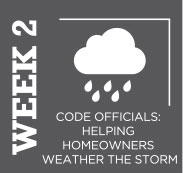
By Monica Brown, Tulalip New Writer
Tulalip, WA-As we move through the seasons sometimes we experience severe weather that can be exciting to watch but can also cause major property damage and put lives at risk. National Building Safety Month’s week two focuses ways to prepare your family and home for natural disasters such as earthquakes, flooding, wildfires, tornadoes, hurricanes and strong winds.
Tulalip is situated in a highly seismic area. The USGS data estimates there is a 76.62 percent chance of a major earthquake within 50km of Snohomish, within the next 50 years.And, Snohomish county data has found that Snohomish County earthquake activity is just above the Washington State average and is 268 percent greater than the U.S. average overall.
Earthquake Tips
- Make sure your home is securely anchored to its foundation
- Strap water heaters, appliances and TVs to wall studs.
- Anchor bookshelves, heavy furniture, appliances and televisions to wall studs.
- Secure pictures, mirrors and ornaments to the wall with appropriate fasteners.
- Know where and how to shut off electricity, gas, and water services.
Washington is one of the more flood-prone states in the nation. According to the Department of Ecology Washington State, from 1980 to 2011, Washington had 22 Presidentially-declared flood disasters.
Flooding Tips
- Elevating your home above the base flood elevation (the elevation associated with the “100-year flood”) is the best method of protecting your home, and is a requirement for new homes. Visit flash.org for more information.
- Wet flood proofing your home allows flood water to flow through the structure. An example of wet flood proofing is installing flood vents that create permanent openings in the foundation.
- Dry flood proofing your home prevents floodwaters from entering the building. An example of dry flood proofing is installing new brick veneer over asphalt coating and applying polyethylene film over existing walls.
According to the Washington Military Department Emergency management Division, an average of 900 wildfires are started annually throughout Washington state with 70% of them occurring in eastern Washington.
Wildfire Tips
- Prevent wildfire damage by developing a defensible space in your landscaping by clearing at least 30 feet around your home, or 50 feet around your home if you reside in a heavily wooded area.
- Plant fire-resistant, native vegetation and remove any dead or dying trees. Properly prune shrubs, and trim tree branches so they don’t extend over a roof or near the chimney. Mow your grass and control the height and spread of ground covering vegetation. Keep plants at least 12 to 18 inches away from the house.
- When putting on a new patio deck, build from fire-resistant materials. On new and existing decks, create fire barriers around the deck base and clear vegetation at least 100 to 300 feet downhill from the deck base.
- Install only burning-brand, exposure rated (Class A, B or C) roof assemblies using materials such as asphalt shingles, slate or clay tile or metal roof coverings.
Hurricanes are a tropical storm and most likely will never happen in Washington State, unless there is a major climate shift that places the state in a tropical zone. But, tornadoes and strong winds comparable to hurricane winds can and do happen in Washington. Tornadoes happen once or twice a year in Washington yet have weak winds that are barely strong enough to do much damage. But it is still a good idea to make sure your home, roof and windows can withstand strong winds.
Hurricanes, Tornadoes and Strong Winds Tips
- The best place to start is with a Do-It-Yourself Wind Inspection (can be found on Flash.org) to find out what is ok with your house and what needs attention.
- Improve your roof’s resistance to uplift by applying a 1/4 -inch bead of caulk of along the intersection of the roof deck and the roof support element (rafter or truss chord) on both sides with a caulking gun.
- If your home is not protected by impact-resistant windows and doors or impact-resistant shutters or panels, consider building your own temporary emergency panels.
To help Homeowners weather a severe storm or natural disaster, NBSM suggests that you:
- Develop a family disaster plan that includes a list of food and water supplies needed for each member of your family and supplies for your pets. Make copies of important documents like insurance policies, the deed to your home, and other personal papers, important phone numbers and a home inventory. Create a checklist of important things to do before, during and after a disaster.
- Review your evacuation route and emergency shelter locations with your family. Options for evacuation would include staying with friends and relatives, seeking commercial lodging, or staying in a mass care facility operated by disaster relief groups in conjunction with local authorities.
- Taking shelter is critical in times of disaster. Sheltering in place is appropriate when conditions require that you seek protection in your home, place of employment, or other location where you are when disaster strikes.
Tulalip Community Development has detailed informational handouts that can be picked up at the Tulalip Administration building or contact Orlando Raez at 360-716-4214.
For more information about NBSM or Disaster Preparedness please visit www.iccsafe.org and www.flash.org. All tips from the National Building Safety Month.
10 Important Tips to remember for disaster safety and mitigation
Develop a family action plan and share with everyone in your family, so you will know where to go if an evacuation is called. Review at least two exit routes from your home or neighborhood to a designated meeting place for your family. Plan ahead for your pets as many shelters will not accept them.
Create a disaster supply kit that will allow you to remain in your home after a disaster or for use after evacuating to a safer location. Be sure the necessities in your kit are fresh and restored every six months.
Stay tuned to radio, TV and NOAA Weather Radio for official updates and critical lifesaving weather information. Remember, reception is usually best if placed near a window.
Flooded roads could have significant damage hidden by floodwaters. Never drive through floodwaters or on flooded roads. Do not attempt to cross a flowing stream. It takes only six inches of fast flowing water to sweep you off your feet and two feet of water to move an SUV-sized vehicle.
If you live in a high wind or hurricane prone area and do not have tested and code approved shutters for protection from windborne debris, temporarily protect your doors and windows by mounting exterior grade, 5/8″ minimum thickness plywood and fastening it into place. Visit www.flash.orgfor detailed instructions on how to use plywood for emergency board up.
Secure lawn furniture and any other loose outdoor items that can become windborne and can cause injury or damage during storms with high winds. Don’t forget trash cans, grills, toys and potted plants.
Consider building or retrofitting to create a tornado safe room in your home. Follow ICC/NSSA 500 Standard for detailed construction information and to ensure you achieve the highest level of protection for your family.
Use Surge Protective Devices (SPD) in your home to protect electronic appliances from all but the most severe electrical surges or direct strikes. The devices should be installed to afford the highest level of protection.
In wildfire prone areas, remove fine (dead grass, leaves, etc.) and coarse fuels (dead twigs, branches, etc.) within 30 feet of a building to create a survivable space in case of wildfire. Be sure to remove dry leaf and pine litter from roofs, rain gutters, decks and walkways. Follow ICC’s International Wildland-Urban Interface Code for detailed requirements.
Before a winter storm, insulate all exposed water pipes outside the home. It is important to allow a slow trickle of water to flow during a winter freeze especially if the faucet is on an exterior wall. Remember, wrap and drip your pipes for the ultimate protection in a freeze.
Source: www.iccsafe.org


 By Monica Brown, Tulalip News Writer
By Monica Brown, Tulalip News Writer
